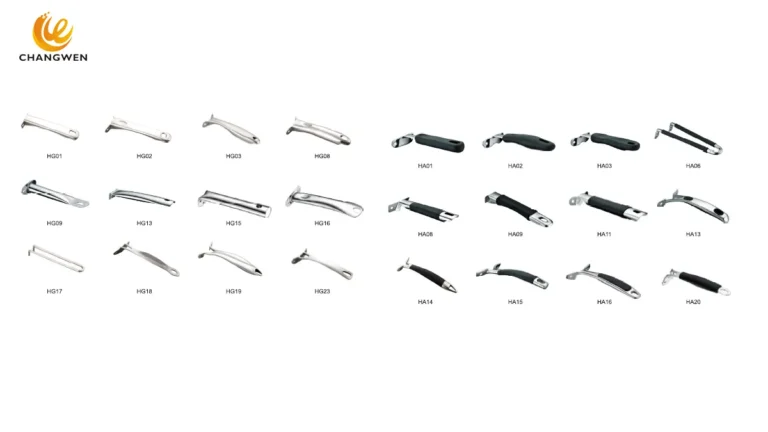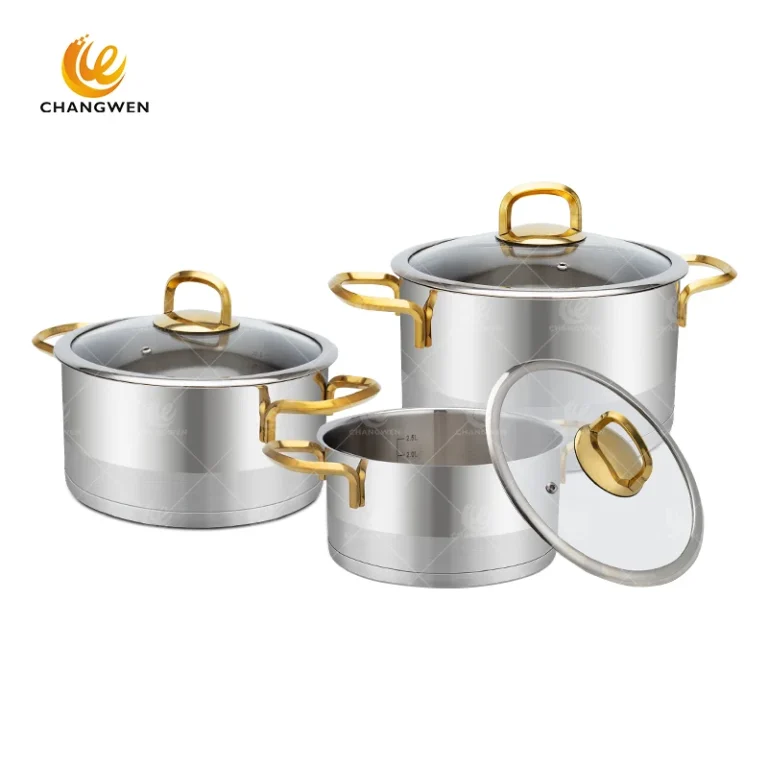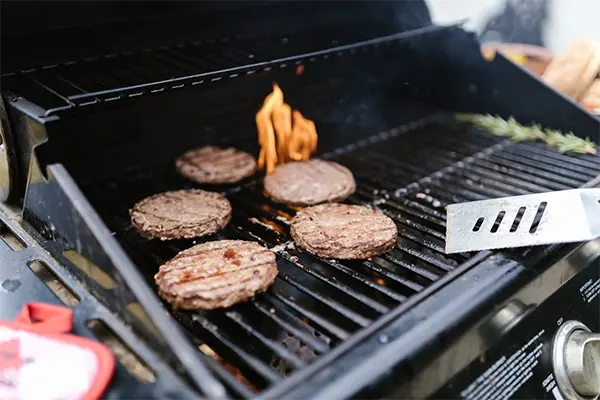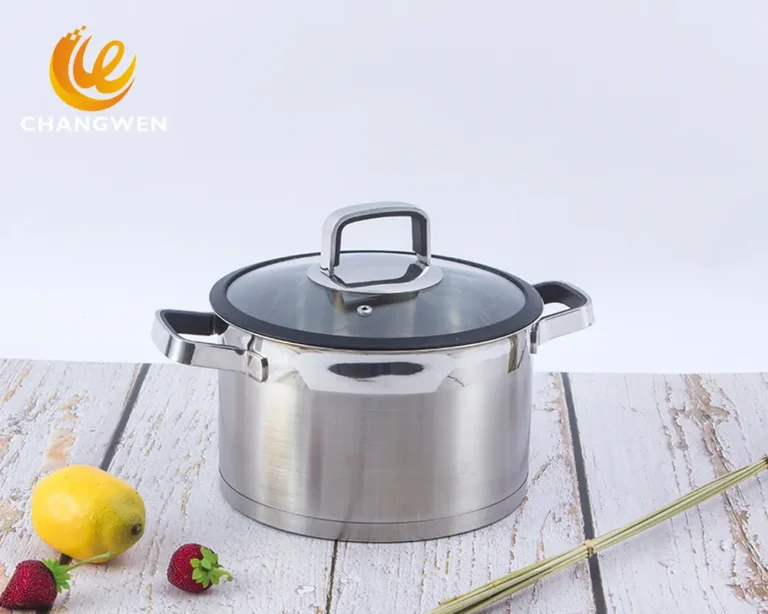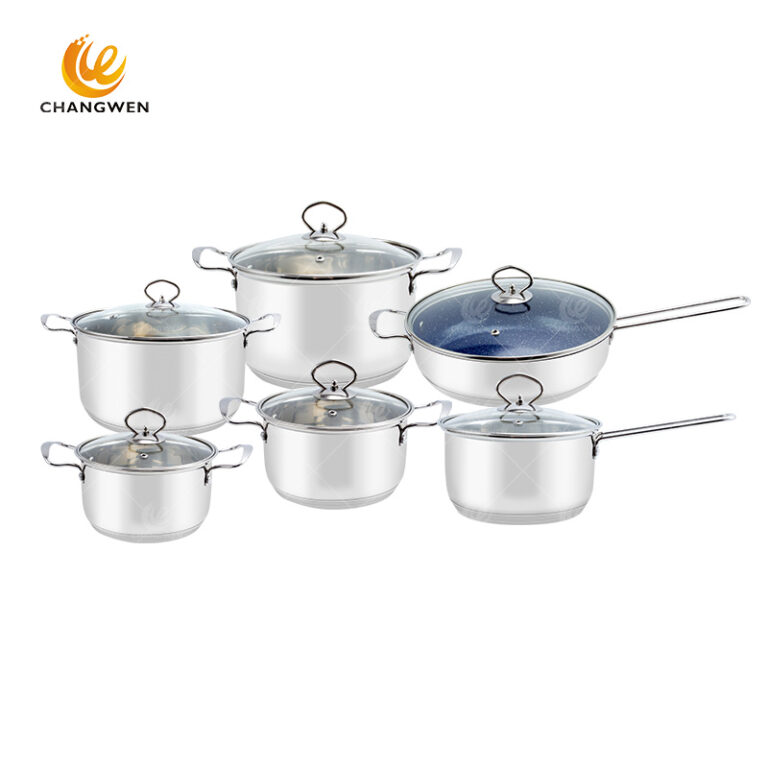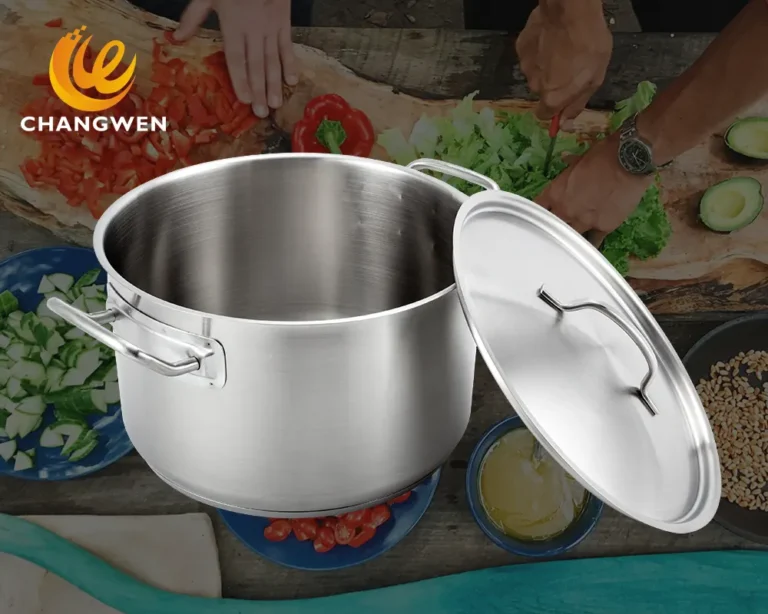Ultimate Guide to Customizing Cookware from Top China Manufacturers
In today’s competitive market, customizing cookware can set your brand apart, offering unique products that cater to specific customer needs and preferences. China’s manufacturing sector has become a powerhouse in producing high-quality, customizable cookware at competitive prices. Whether you’re a startup or an established brand, this ultimate guide will walk you through the process of customizing cookware from top Chinese manufacturers.
Table of Contents
Why Customize Cookware?
Customization allows brands to offer unique products that stand out in the crowded cookware market. Here are some key reasons to consider customization:
Brand Differentiation: Custom designs, colors, and features can make your cookware distinctive.
Market Tailoring: Customize products to suit specific markets or customer segments.
Enhanced Value: High-quality, specialized products can command higher prices and foster brand loyalty.
Innovation: Introduce new features or materials that meet current culinary trends and consumer demands.
Benefits of Sourcing from China
China is renowned for its robust manufacturing infrastructure and competitive pricing. Here are some benefits of sourcing cookware from Chinese manufacturers:
Cost-Effectiveness: Lower production costs translate to competitive pricing.
High Quality: Many Chinese manufacturers adhere to international quality standards and certifications.
Flexibility: Manufacturers offer a wide range of customization options in terms of materials, designs, and finishes.
Efficiency: Advanced production capabilities and logistics networks ensure timely delivery of large orders.
Finding the Right Manufacturer
Selecting the right manufacturer is crucial for a successful partnership. Consider the following steps:
1. Research: Use online platforms like Alibaba, Global Sources, and Made-in-China to find potential manufacturers. Attend trade shows, such as the Canton Fair, to meet suppliers in person.
2. Assess Capabilities: Evaluate the manufacturer’s production capabilities, including their equipment, facilities, and workforce.
3. Quality Control: Check for quality assurance processes and certifications such as ISO 9001.
4. Factory Visits: If possible, visit the factory to inspect the production environment and discuss your requirements in detail.
5. References and Reviews: Request references from other clients and read online reviews to gauge the manufacturer’s reliability and performance.
Customization Options
When customizing cookware, there are several aspects to consider:
Materials: Choose from stainless steel, aluminum, cast iron, non-stick coatings, and more.
Design: Work on unique shapes, sizes, and aesthetics that align with your brand.
Finishes and Colors: Opt for distinctive finishes such as matte, polished, or colored coatings.
Handles and Lids: Customize handles and lids in terms of material (wood, silicone, stainless steel) and design.
Branding: Add your logo, tagline, or unique patterns to enhance brand identity.
Packaging: Develop bespoke packaging that reflects your brand and protects the product during shipping.
Quality Assurance
Quality assurance is paramount to ensure that the customized cookware meets your expectations and those of your customers. Here’s how to ensure quality:
Pre-Production Samples: Request prototypes or samples for approval before full-scale production.
Inspections: Conduct random inspections during different production stages to catch defects early.
Third-Party Testing: Utilize third-party inspection agencies like SGS or TUV to certify product quality and safety.
Compliance: Ensure that the cookware complies with local and international regulations, particularly for food safety and material safety standards.
Negotiating Terms and Prices
Effective negotiation can result in better terms and pricing. Consider these tips:
Volume Discounts: Leverage larger orders for better unit pricing.
Payment Terms: Negotiate favorable payment terms such as a smaller upfront deposit and balance upon delivery.
Lead Times: Clarify and negotiate production lead times to align with your schedule.
Contracts: Draw up detailed contracts that include all agreed-upon terms, customization details, quality standards, and penalties for non-compliance.
Logistics and Shipping
Shipping logistics play a crucial role in ensuring timely delivery. Here’s how to manage logistics effectively:
Incoterms: Understand common Incoterms like FOB (Free On Board) and CIF (Cost, Insurance, and Freight) to determine responsibility for shipping costs and risks.
Shipping Partners: Partner with reliable freight forwarders who can handle customs clearance and delivery.
Packaging: Ensure that your products are securely packaged to minimize damage during transit.
Tracking: Use tracking systems to monitor the shipment and address any delays promptly.
Conclusion
Customizing cookware from top Chinese manufacturers can be a game-changer for your brand. It offers the opportunity to create distinctive, high-quality products that cater to your customers’ specific needs. By following this guide, you can navigate the process effectively—ensuring successful customization, quality assurance, and efficient delivery.
For more insights and tips on the cookware industry, stay tuned to our blog!

